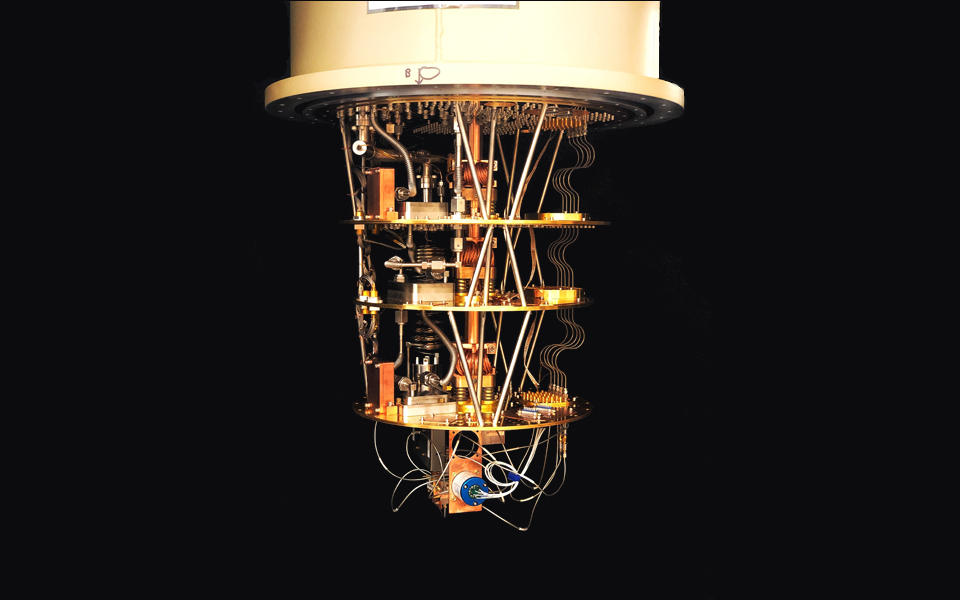Taking Measure
Just a Standard Blog

The Boulder Cryogenic Quantum Testbed.
I had been studying superconducting quantum computing for seven years before I was stumped by this seemingly simple question: How do I know if my qubit is better than your qubit?
Quantum computers could ultimately unlock the capability to solve hard problems in chemistry, cryptography and quantum mechanics. Researchers around the world are pursuing numerous designs for quantum computers, including qubits, or quantum bits, that serve as the basic building block of these computers. Google and IBM, among others, create qubits using superconducting materials, which have special properties, including the ability to conduct electricity without resistance. Quantum computers based on superconducting qubits show great promise toward achieving large-scale computing power.
Qubits are the fundamental component of quantum processors, and their performance can dictate the processing power. But determining just how “good” a qubit is can be a problem in and of itself. This question led me down a research rabbit hole that could revolutionize the way researchers improve quantum computers, and could ultimately unlock the capability to solve hard, field-defining problems in chemistry, cryptography and quantum mechanics.
In graduate school at the University of Waterloo in Canada, I focused my studies on measuring the performance of different materials in the extremely cold, low-power environment used to operate superconducting quantum computers. Superconducting quantum circuits require a temperature of around one hundredth of a degree above absolute zero, as well as around one photon of average power for optimal operation. This requires the use of ultralow-temperature refrigerators and complex electrical setups using microwave frequencies.
During my graduate research, I studied different types of superconducting aluminum and indium and compared the results to determine which ones made better or worse devices. But a concern always plagued me: Device performance seemed to vary significantly based on small changes we made when setting up the experiment and analyzing the data, and even over time! Later, I learned that these apparent performance fluctuations are a major issue in the implementation of multiqubit algorithms such as the IBM Q processors.
So, with all these different fluctuations in play, how can I tell if my qubit with niobium wiring is better than your qubit with aluminum wiring? Without this ability, we can’t make the many small improvements we need to optimize our circuits, and we are stuck trying to make dramatic, moonshot changes, which are rare and hard to achieve.
This is where the Boulder Cryogenic Quantum Testbed comes into play. I founded the testbed at the University of Colorado Boulder along with David Pappas, leader of the Quantum Processing Group at the National Institute of Standards and Technology (NIST), and Josh Mutus, a research scientist at Google. It is a highly collaborative laboratory with a one-of-a-kind experimental setup for accurate measurement of superconducting quantum circuits. We measure superconducting devices from academic, industry and national labs, as well as devices fabricated at NIST from novel materials such as gallium arsenide, and carefully analyze the data to extract their performance in a reproducible manner. Using our setup and analysis, we can account for many of the performance variations seen and not only accurately compare device performance, but also come to a fuller understanding of the sources of these fluctuations in performance.
By taking advantage of NIST’s leading expertise in metrology, the Boulder Cryogenic Quantum Testbed has become a driving force in the study of qubit performance. We expect this effort to lead to never-before-seen high-performance devices and, eventually, a full-scale quantum computer with the power to revolutionize humanity’s capability to solve hard problems.





